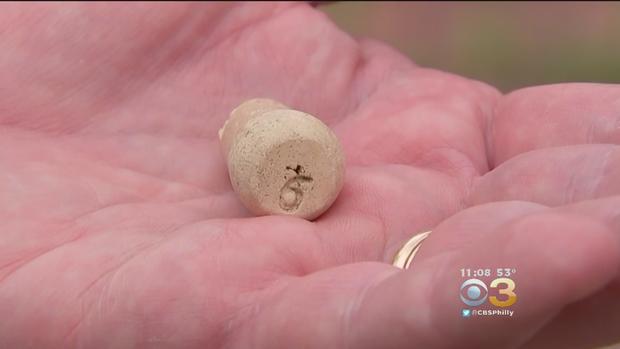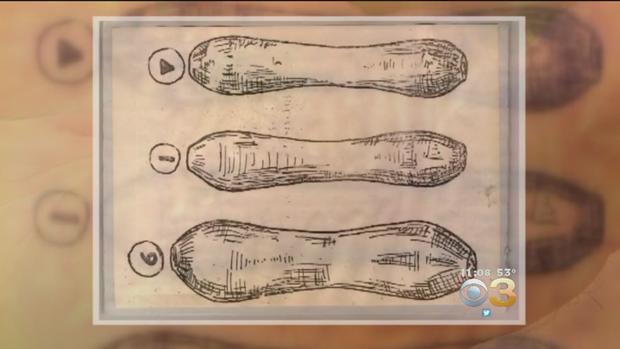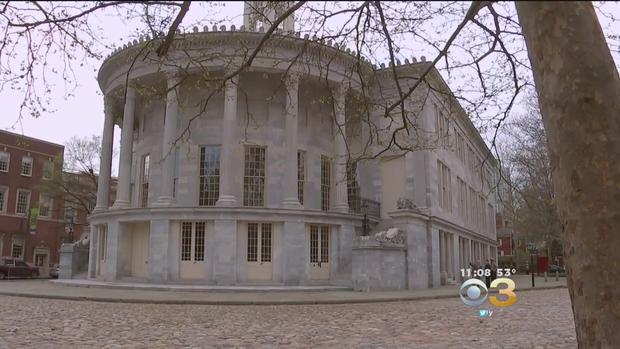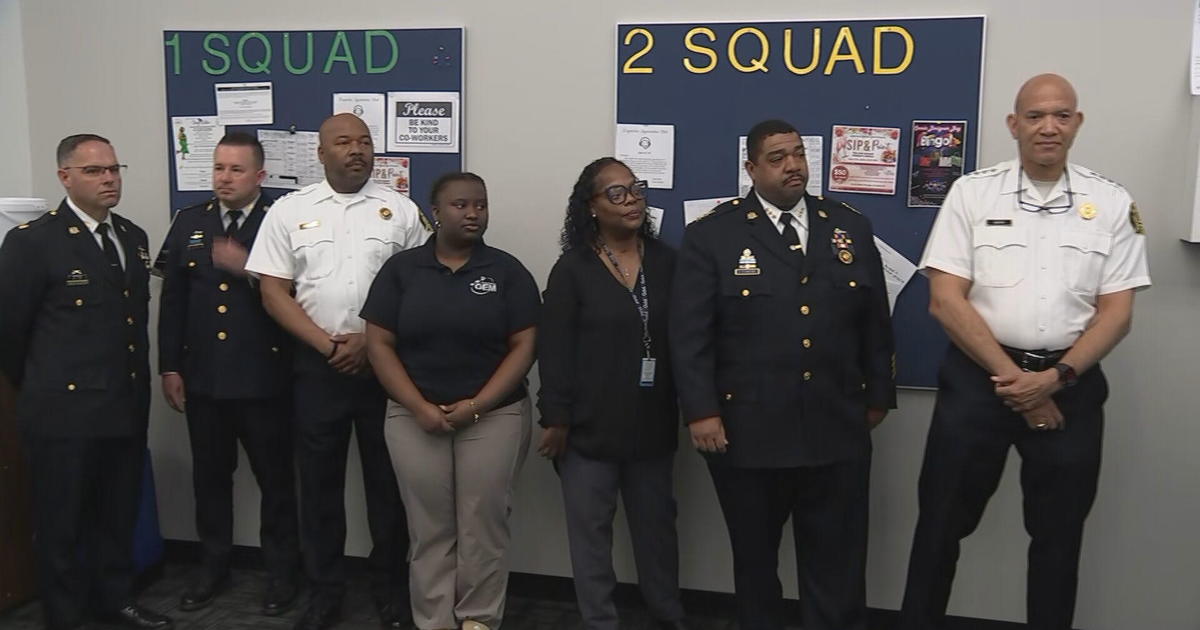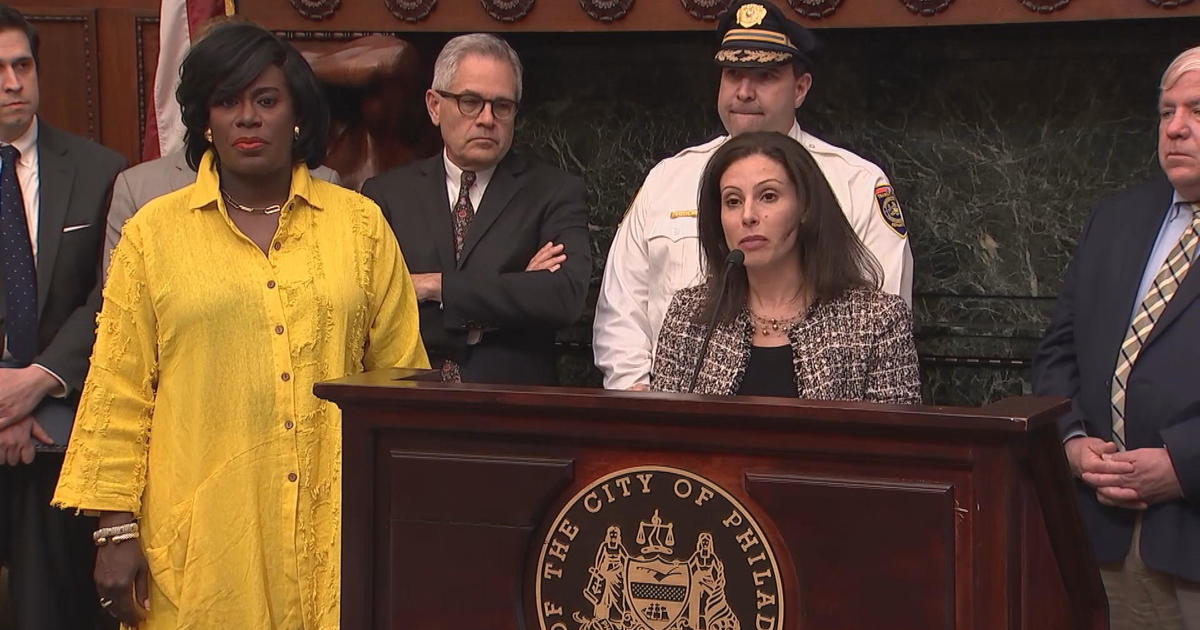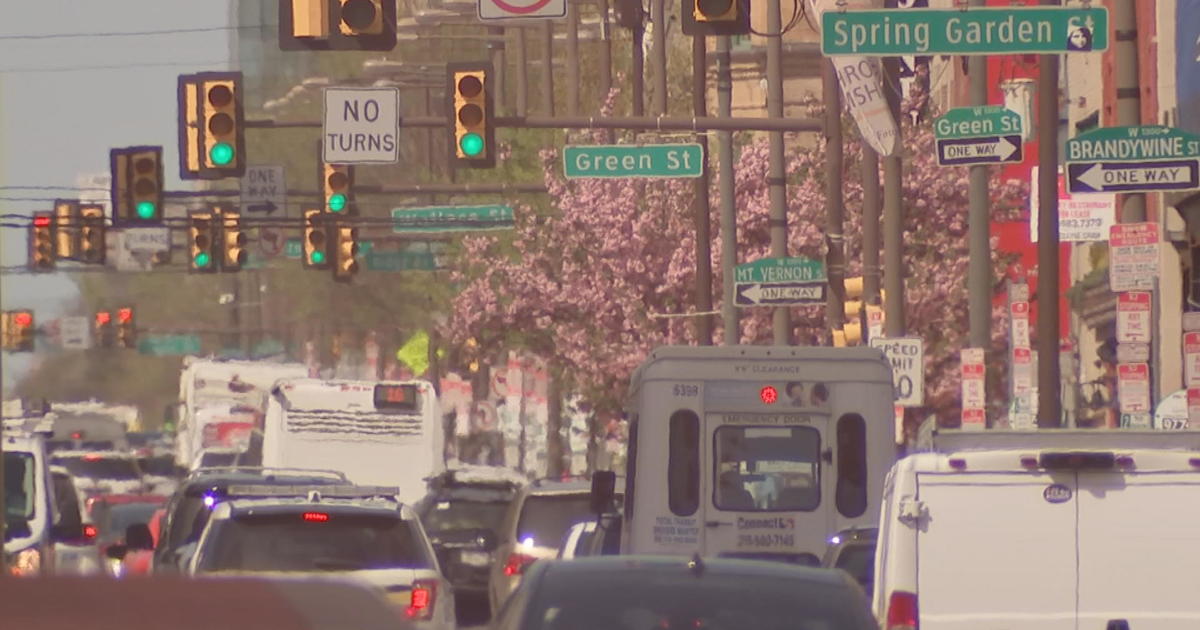Buried Philly: Uncovering 300 Years Of History
PHILADELPHIA (CBS) -- Just take a walk in Philadelphia and it's hard to find someone who's not distracted. You can't blame them, but many have no idea what lies just a few feet below their feet.
"There's so much history in this city it's just unbelievable," said Bob Giannini, a historian and curator with the National Park Service.
Go to the corner of 6th and Market, and see the home where President George Washington lived. Crews discovered it during construction in 2010. A few blocks away, you can see what is left of Benjamin Franklin's basement.
"There is always more to be discovered," Giannini said.
Sometimes it's the little things that leave a big impression. Giannini showed us powdered wig curlers, a popular fashion accessory for Philadelphia's earliest citizens. Giannini found them at construction site in Old City.
"It was used in the mid-eighteenth century for some gentleman here in Philadelphia who had a very nice wig," Giannini said with a smile.
Perhaps the most interesting story is one that is still underground, and has been for almost 200 years.
According to an 1832 newspaper, President Andrew Jackson buried a cornerstone time capsule at the site of the Merchants' Exchange Building to commemorate the 100th anniversary of George Washington's birth. When buried, it had coins, including one featuring Washington, and other items from the time period. It's twenty feet below the street, but officials don't want to say specifically. No digging allowed!
Kimberlee Moran is a forensic archaeologist with Rutgers University. We joined her in Philadelphia to talk about some of the other big discoveries in the city. She talked about the Stone Prison built in 1722. Crews discovered it last summer during construction at the corner of Third and Market in Old City.
More Than 100 Bodies, 70 Coffins Recovered From Construction Site In Old City
"It was pretty amazing. It's a shame more couldn't have been done at that site before it was developed," Moran said.
Moran is also overseeing the project to return the remains of almost 200 people to their final resting place. Crews at a construction site at 218 Arch Street discovered a burial ground for the First Baptist Church. People were buried there from 1707-1859.
"They are the earliest citizens," Moran said.
Moran and her colleagues are raising money to move the remains from storage bins to Rutgers University Camden for further analysis. For more on the project click here arch-street-bones-project-43170.causevox.com

